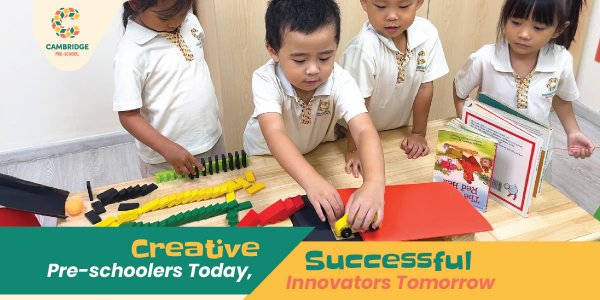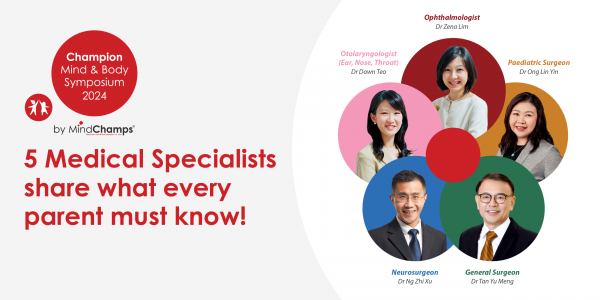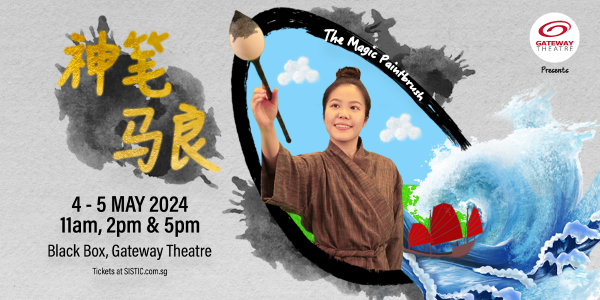A garden for the children: Putting back nature into the classroom.
There is a garden in every childhood, an enchanted place where colors are brighter, the air softer, and the morning more fragrant than ever again.
– Elizabeth Lawrence
When you hear the word ‘garden’, what image appears in your mind? A common perception will be a space filled with beautiful Instagram-worthy flowering plants with fluttering butterflies. Now what happens to that image when you hear these words, ‘children’s garden’? It creates an entirely different perspective, doesn’t it?
Do you know how the word ‘kindergarten’ got its name? The word ‘kindergarten’ translates into “children garden” in the German language. In the early 19th century, a German educator named Friedrich Froebel invented this word when he founded the first kindergarten programme in 1837 (“Friedrich Fröbel – the Inventor of Kindergarten”, n.d.) Froebel’s philosophy was based on a ‘hands-on learning’ approach where children engage with nature and natural materials to learn (Louis & Powell, n.d.; Raymond, 2019).
The term kindergarten is now synonymous with early childhood education globally since the 19th century. Froebel’s ideology in using nature as a tool had also inspired similar pedagogical approaches in other early childhood theorists.
As educators, we believe that nature can magnify children’s development such as being inquisitive, boosting their muscle coordination and developing a keen sense of hearing, smell, touch and sight. The natural world provides numerous materials that can support other aspects of children’s development too. For example, children can explore number operations by using petals on flowers, discovering life cycle when planting a seed and conducting experiments in different weather types.
For educators, learning in nature can always be linked back to the curriculum by facilitating children’s interaction with nature meaningfully and purposefully. We use natural materials such as leaves, seeds, twigs and seashells, to bring out children’s innate sense of curiosity, nurture their symbolic thinking and stimulate creative play as the materials are simply open-ended. We can also bring nature inside the classroom by using natural materials as our teaching and learning resources. They make excellent tools to aid children and maintain their interest when learning complex concepts.
However, as we embrace and keep up with technological progress, our children tend to spend less time outdoors and more time indoors. Hence they have limited contact with nature and are at risk of being disconnected from the natural world. This disconnection or lack of bond with nature has been described by Richard Louv (2005) as “nature deficit disorder”. Louv had hypothesised that this disorder contributed to a multitude of cognitive, physical and behavioural problems in children. Nonetheless, he offered a simple and practical solution to mend that disconnected bond – connect back to the natural world by using their own backyard.
Nature in backyards or gardens provides an authentic learning environment for children as they are naturally active, curious and creative learners. According to the article “Into the Wild: Working Nature into Singapore’s Urban Spaces” on Challenge’s website, a research done in the US had found that children who learned in a natural environment had increased their development in “problem-solving, critical thinking and decision-making” skills.
Let us take the first step to heal this disconnected bond, by looking at a garden differently – a place for children to be active and a space for them to be creative.
So, now when you hear the word garden, who do you picture in your mind?
References
FROEBEL Australia. (n.d.). Friedrich Fröbel – the Inventor of Kindergarten. FROEBEL Competence for children. https://www.froebel.com.au/about-froebel/friedrich-froebel/
Louis, S & Powell, S. (n.d). The importance of play for learning. Community Playthings. https://www.communityplaythings.co.uk/learning-library/articles/the-importance-of-play-for-learning
Louv, R. (2005). Last child in the woods: Saving our children from nature-deficit disorder. Chapel Hill, NC: Algonquin Books of Chapel Hill.
Raymond, I. (2019, Dec 20). Why is kindergarten called kindergarten?. Michigan State University. https://www.canr.msu.edu/news/why-is-kindergarten-called-kindergarten
Sahida Mohamed is the Senior Executive for Quality Assurance & Product Development for Kidz Meadow. She is part of the team of preschool educators in developing the curriculum and conducts in-house training for preschool teachers in developing creative teaching skills.
Kidz Meadow Education Childcare
Kidz Meadow has been providing quality preschool education in Singapore since 1999. Kidz Meadow is one of the appointed Partner Operators (POP) by Early Childhood Development Agency (ECDA) and has also been awarded SPARK Certification from ECDA. Kidz Meadow’s self-designed, unique preschool Bloom Curriculum encourages children to form a deep connection with nature and arouse their innate sense of curiosity. Simultaneously, the curriculum facilitates children’s learning of key concepts, skills and disposition in early childhood education.
www.kidzmeadow.com
https://www.facebook.com/kidzmeadow






Give your Opinions